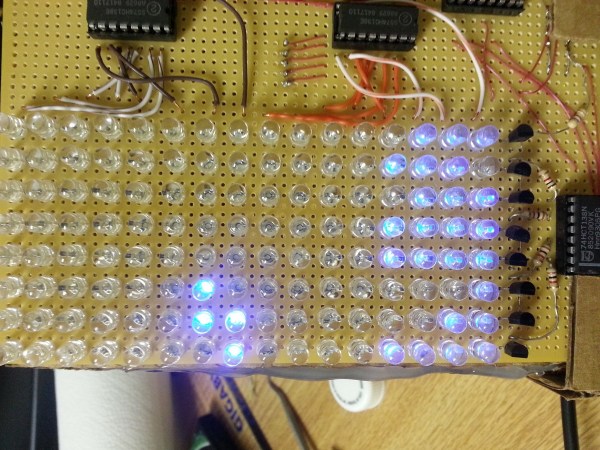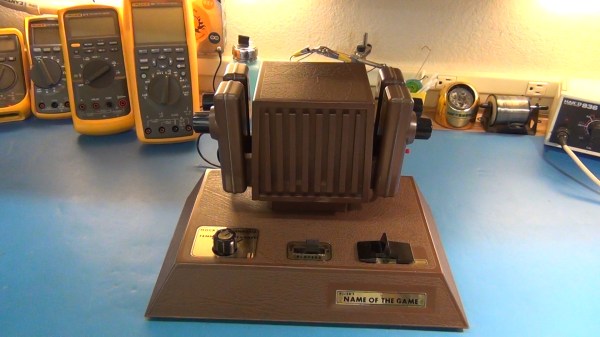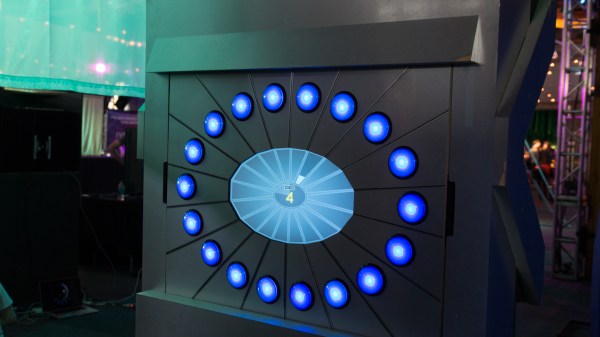The official theme of the 2015 Hackaday Prize is to build something that matters. Solving the challenges facing the world is hard, and retro video games, despite what you read on Hackaday, do not matter.
That doesn’t mean there’s not space for the weird, esoteric builds out there; we have a best product prize that will dump $100k, a six month residency in the Hackaday Design Lab, and contacts with a lot of engineers with expertise in manufacturing. [Alex]’s extremely ow cost game console on a Pic32 is exactly what this prize category is looking for.
[Alex]’s project – XORYA – is based on the Pic32MX170F256, a chip that runs up to 50MHz, has 256kB of flash, and a full 64k of RAM. This is far beyond what the guys at Atari imagined back in the 70s, allowing the XORYA to have some amazing graphics.
Right now most of the build is dedicated to fleshing out the video system, and [Alex] has a great demo: rendering the Mandelbrot set in real time in 16 colors on an NTSC display with a resolution of 160×100. That’s a single-chip game console that’s right up there with the Uzebox, and a great example of the potential of the best product category for this year’s Hackaday Prize.





















